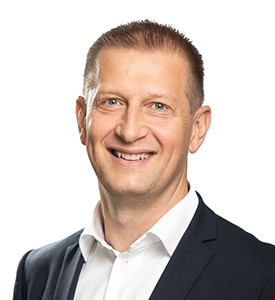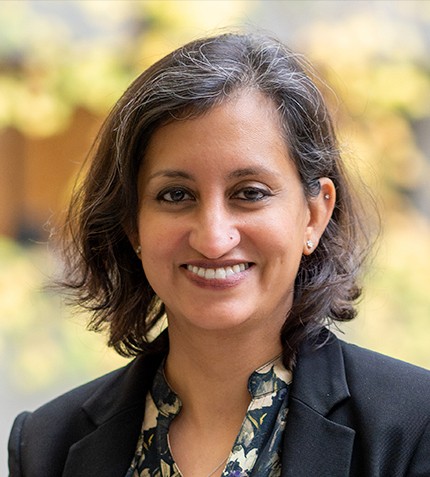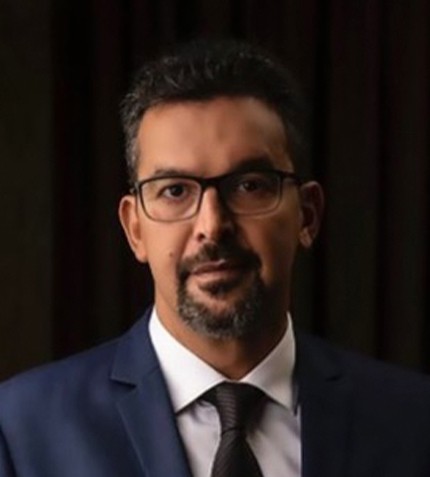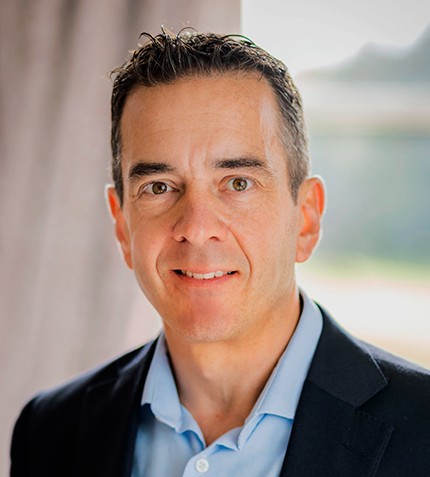
“We are defining when it makes sense to launch electric trucks in mining. Until then, we continue improving engine performance, with a strong push for the Euro 5 standard in Peru. Meanwhile, in construction equipment, we are going fully electric from 2020 in the compact excavators.”
Jörgen Sjöstedt
MANAGING DIRECTOR, VOLVO GROUP PERU
What were your first impressions when you started as managing director of Volvo Group Peru?
Coming to Peru you really feel that we are a very strong brand in the country, and much of that comes from the history. We started in 1959, initially assembling trucks and buses in the country, and today we are a 400-person organization. Through the years, Volvo Group Peru has been adding businesses and brands to its portfolio. We have Volvo Trucks, Mack Trucks and in November 2018, we launched UD Trucks, our Japanese brand with medium duty trucks for distribution. Moreover, we have Volvo Buses used in transportation of mining personnel, and since 2016, we also handle Volvo Construction Equipment. Finally, we have Volvo Penta, offering marine and industrial engines and power generation sets.
What is your market position in each of these segments, and what synergies can you bring to contractors with both Volvo Trucks and Volvo Construction Equipment?
In Peru, Volvo is synonymous with trucks – that is the segment where we have the strongest position. Peru is one of the most important markets for us in the world at the moment. The industry knows how the FMX adapts to the mines, while we have also developed a new alternative for medium trucks, the 32-tonne VM, also for mining applications.
On the construction equipment side, we are a challenger, and it is a nice position to be able to grow from. We have both the Volvo brand as well as SDLG, which is focused on a different segment that is less demanding in terms of amount of hours. With the Volvo brand we meet the most demanding clients in terms of uptime needs and productivity. I think both of these segments will grow in the country, and as VCE we need to prove our performance in front of more established brands to gain trust and grow. In 2018, we already accomplished a 4.3% market share, and we are actively talking to Peru’s contractors to show how we can fulfill their needs through a common telematics system for the different vehicles and machines, as well as a strong focus on after-sales service with mechanics in remote areas.
How is Volvo helping the mining industry enhance technological development?
Mining is at the forefront of technology usage, and I think it is a good match in our business. The telematics system allows us to have the same gateway for communication, one interface for the customer, and one for the Uptime Center that we are establishing locally, which is also going to remotely monitor and follow the vehicles in the field. The objectives are keeping uptime high, reducing fuel consumption and preventing accidents.
Connectivity, automation and electromobility are some key industry trends. At Volvo we have launched autonomous diesel trucks in Norway at a limestone quarry. We have also had field tests and pilots with autonomous FMX models in Sweden, as well as our VERA prototype, which is our fully autonomous and fully electric truck without a driver cabin. Also in buses, we have a fully autonomous bus application in Singapore already in operation.
When will we see heavy-duty electric trucks in Peru’s mining segment?
We are now selling electric Volvo trucks in Europe. For now, we are introducing this technology in the distribution and refuse handling segments. In the latter you can add a lot of value by going electric, because electric trucks are very silent and can operate during the night. At the mines, the benefits include lower emissions, meaning better environmental performance and lower costs in ventilation. We are putting the pieces together to define when it makes sense to launch electric trucks in mining. Until we get there, we continue improving the performance of our engines, with a strong push for the Euro 5 standard this year in Peru. Meanwhile, on the construction equipment side, we are going fully electric from 2020 in the compact excavators, for instance.
Could you develop on your programs for training and safety, including your ‘Iron Women’ initiative?
Safety is a combination of two things: one is the hardware, with vehicles that have a lot of active and passive safety. The second thing is training and education. We provide strong training both for drivers and mechanics. We have the “Transformar” program that not only teaches operators to save fuel, but also to change overall awareness about safety aspects. In Peru, we created the ‘Iron Women’ program after finding that only 0.3% of all heavy-duty driver license holders are female. By promoting the introduction of more women to the workforce, we not only encourage diversity, but also safety, because more female drivers mean safer roads. We have had 119 women going through our 2-month training program, and the first driver started working for Dinet. After the success in Peru, the ‘Iron Women’ program is now being implemented in Volvo South Africa.










